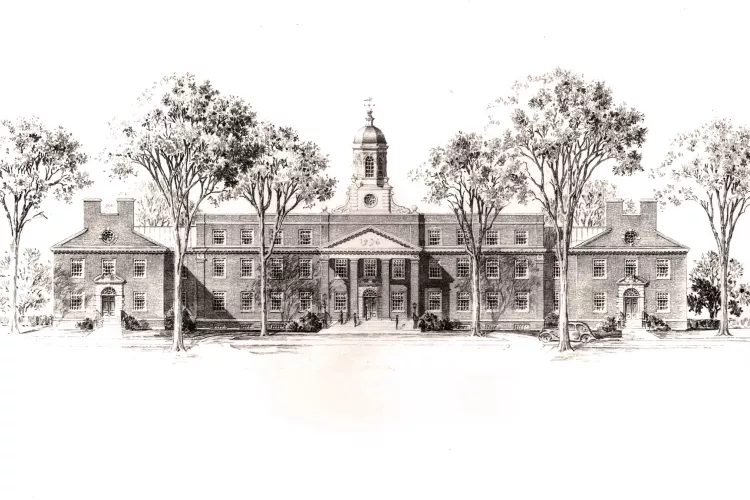UofL researchers propose new concept on how brain interprets visual information
One of the many functions of the brain is to collect and process visual information so that people know how to respond to the movement of objects around them. A study published July 21 in The Journal of Neuroscience by researchers at the University of Louisville provides a new concept for how the brain functions to achieve this. October 2, 2024“Looking at the visual pathways of the brain, it had been thought that the thalamus primarily filtered visual signals that it received from the retina,” said Martha Bickford, PhD, professor of anatomical biology sciences and neurobiology at the UofL. “We found that the thalamus plays a bigger role in that it actually may help to sort and interpret visual information so that the brain can accurately gauge the movement of surrounding objects”
Examining the visual pathways of mice, Bickford and her colleagues, including William Guido, PhD, chair of anatomical sciences and neurobiology at UofL, found that the dorsal lateral geniculate nucleus (dLGN), a part of thalamus, not only serves as a filter of information, but may change the information in such a way that it helps us account for our own eye or body movements when tracking the movement of objects around us.
“It is very exciting to uncover this expanded role for the dLGN,” Bickford said. “We now have a new avenue to explore the relationships between sensory and motor pathways of the brain. Continued study of these relationships may help us to understand sensory deficits that occur in conditions such as Parkinson’s Disease, other movement disorders and spatial and visual attention disorders.”



